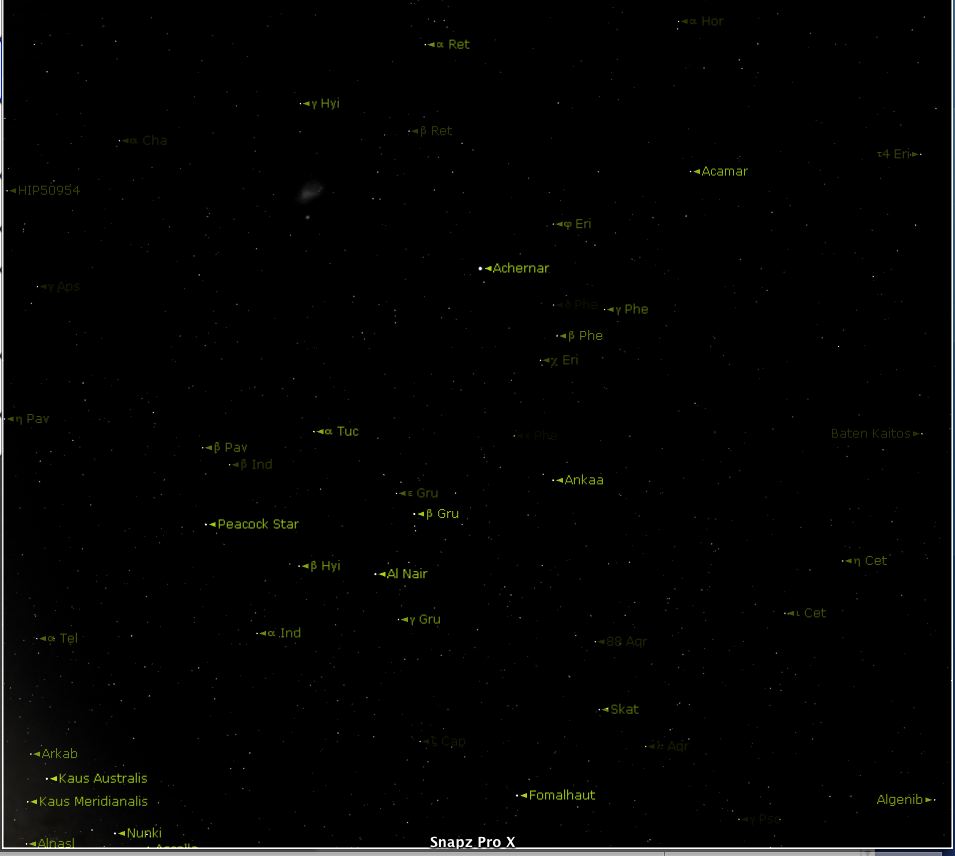
SOFTWARE REVIEW: Starry Night
(1) Description of program:
This program incorporates astronomy and mathematics via the stars. The main feature of this program is the fact that users can oberve the night sky as seen from a given location at time in the past or present. Additionally, users can track object in space, view the path of the planets, and exam interactions, eclipes, comets, etc. Deatiled information can be obtained about each celestial object, and time can be manipulated in a way that teh user can observe phenomena on a selected scale.
(2) Basic Information
(a) Title: Starry Night
(b) Publisher: Imaginova
(c) Cost: $79.95
(d) ___shareware ___freeware X commercial
(3) Target Population
(a) Is this designed for teachers or students to use ? Both
(b) If students, in what subject and at what grade level ? While this program could be used by most age groups who are able to manipulate a computer, middle school students would see specific classroom applications, while high school students would be able to explore the capabilities of the program in greater detail.
(c) Where would this best fit into the curriculum? This program works best for middle or high school astronomy or earth science classes, but it also has excellent applications in upper level (late high school, AP) mathematics.
(d) Would this software maintain the interest of this population? I think that this software could hold the interest of most students from middle school on up. It has plenty of features to entertain the user, and has many opportunities for teh teacher to create personal connections with the content.
(4) Content Goals
(a) What, if any, concept(s) does this program introduce? Universe composition, stars, orbits, constellations.
(b) How effective of a job does it do at teaching these concepts? This program provides an excellent opportunity for students to explore these concepts, but it cannot be successful without the aid of a teacher and some directed instruction.
(c) Compare with traditional techniques for teaching this concept(s). (What, if anything, does this software accomplish that traditional forms of instruction could not do as effectively. Explain) This software allows students to view the orientation of the night sky in situtaions that would not typically be possible, such as: in the past, in the future, in inaccessible geoprahical regions, during the day time, and in smoggy, bright cities (like, oh, say...Los Angeles).
(5) Process Goals
(a) What type(s) of reasoning does this program encourage (rote memorization, comprehension, application, analysis, synthesis, evaluation, deduction, induction, etc.)? This program provides the opportunity for inquiry. In order to fully utilize the capacity of this software, students would need to use all of the skills listed, starting with comprehension. While the material is certainly present for rote memorization, it would be a very inefficient use of such a complex product.
(d) Compare with traditional techniques for stimulating these reasoning skills. (What, if anything, does this software accomplish that traditional forms of instruction generally do not do as effectively. Explain) This software creates perspective that cannot be found in a book. Each student can personalize the image shown and manipulate teh speed of time to position the items where necessary.
(6) Lesson Plan. Write three specific tasks, questions, goals, or projects that you would have your students accomplish or answer after using this software.
Using the night sky seen below, hold your cursor over each of the stars.
Use the information provided to classify the stars based on brightness and temperature.
Use the H-R diagram at the bottom to plot the starts where you feel they best belong.
1.) Which star is the brightest? Least bright?
2.) Which star is the hottest? Coolest?
3.) Now look up these stars on a pre-made H-R diagram. How do your results compare? Why do you think this is?


(7) Summary. Assuming that you had access to this software, would you use it in your classroom? Explain why or why not
I think that I would give this software a try, at the very least. Some of the standards in 8th grade physical science relate to orbits and star composition. In my experience, these topics have been very hard for the students to experience and visualize, as I was never quite sure how to best explain them. This software could help the students to see and manipulate what is going on for themselves.